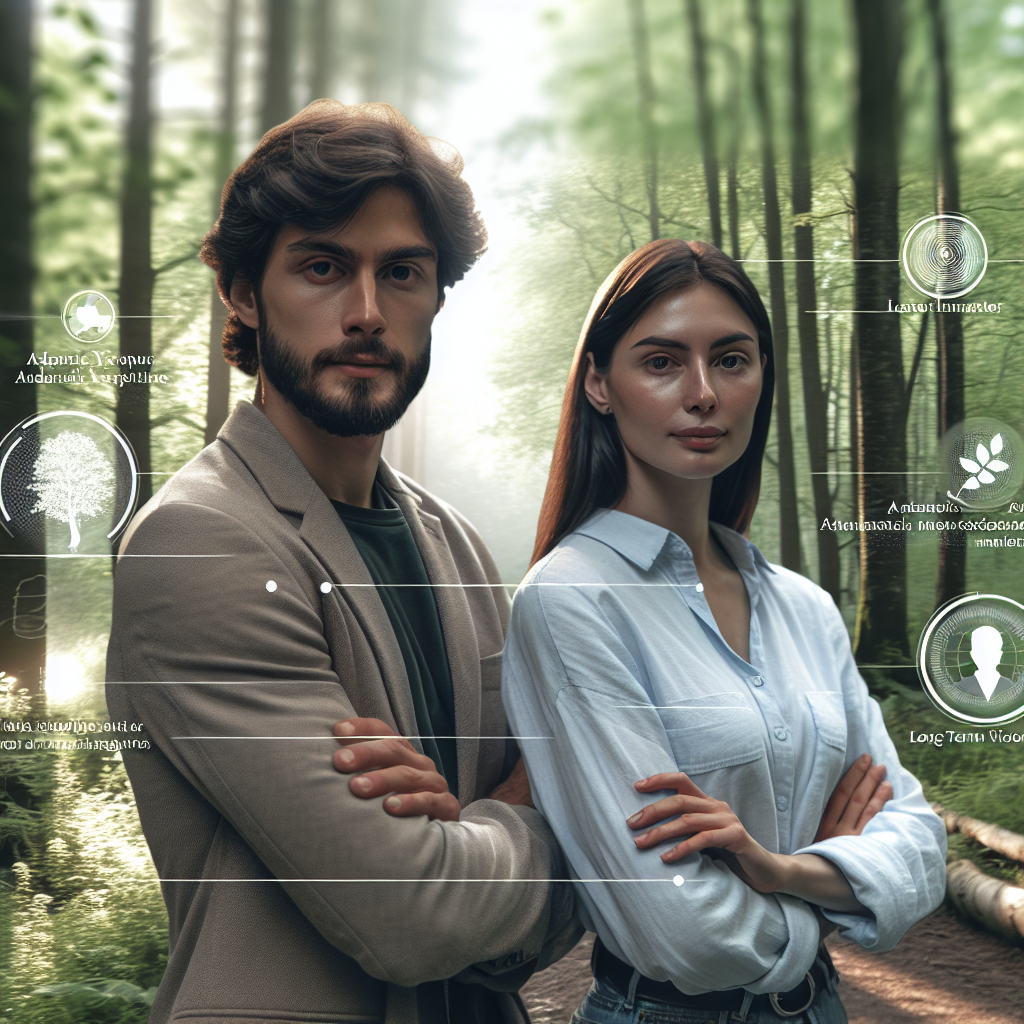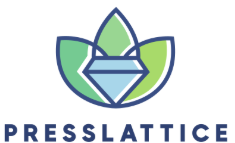Despite its relatively recent inception, Biodiversity Breaks, has been turning heads in the world of environmental education. From parents to educators and politicians alike, there’s a growing sense of appreciation for their holistic approach on imparting knowledge about biodiversity.
The foundations are rooted in the expertise and passion of founders Dr. Lisa Goldstein and biologist Mark Summers – both were astounded by the alarming rate at which we’re losing species diversity. This concern fueled them to build an avenue where learning about nature would be interactive, immersive, yet grounded in science.
In terms of Market Opportunity, they saw an educational gap that was not only lacking in addressing issues such as climate change or habitat destruction but failed to understand the gravity it held upon our very existence. They believed empowering students with knowledge about these issues could have significant societal benefits.


Their Innovation Strategy was straightforward – use technology as their ally. The team created virtual reality experiences simulating rainforests teeming with life or plunging users deep into coral reefs showcasing vibrant ecosystems threatened due to human activities.

Execution Challenges

As expected with any startup treading uncharted territory, Biodiversity Breaks faced ‘growing pains’. The biggest challenge? Simultaneously developing accurate scientific content while mastering complex VR tech.
Key success factors
Their determination to stay true to their vision along with attention to detail about the user experience made them indeed unique. Their ability to merge education, entertainment, and conservation efforts proved a successful model.

The Market Response has been overwhelming. Parents report their children’s increased interest in nature, while educators have praised the interactive learning modules. This response has far surpassed any forecasts and expectations.
Their Financial Performance, though not public, is rumored to be healthy hinted by recent investments from tech giant Google and renowned conservation organization WWF.
Competitive Advantages include not merely being an educational tool but a catalyst inspiring users towards biodiversity conservation.
Their Future Growth Plans involve expansion of topics covered in their platform and scaling-up tech capabilities for more immersive experiences.
The overarching story of Biodiversity Breaks serves as an Industry Lesson that demonstrates the power of technology when harnessed rightly can inspire change – even within something as conventional as education.

